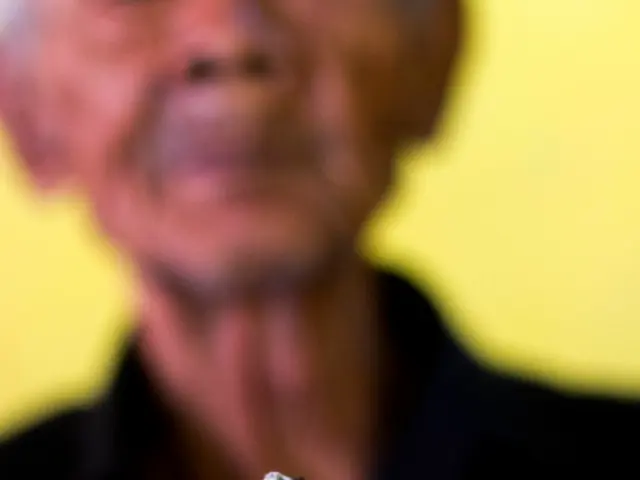Managing Diabetes on the Move: Important Factors to Keep in Mind
When embarking on a journey, whether by car, bus, plane, or ship, it's essential for individuals with diabetes to be well-prepared. Motion sickness, common in travel, can cause symptoms such as dizziness, pallor, cold sweat, and nausea, which may be mistaken for diabetes-related issues. However, it's crucial to understand that these symptoms could also indicate hypoglycemia or hyperglycemia, particularly for those with diabetes.
Hypoglycemia, a condition characterized by low blood sugar levels, can manifest as trembling, sweating, hunger, heart palpitations, irritability, nausea, or fatigue. These symptoms can be exacerbated by unusual physical activity or excessive alcohol consumption during vacation. To avoid hypoglycemia, especially in case of vomiting, it's advisable to inject short-acting insulin after meals while traveling.
On the other hand, hyperglycemia, high blood sugar levels, may cause symptoms like nausea, difficulty concentrating, fatigue, vision problems, extreme thirst, and frequent urination. Quickly measuring blood sugar levels can help distinguish between hypoglycemia, hyperglycemia, and other causes while traveling.
A medical certificate for diabetic travelers is typically issued by a treating physician, such as a general practitioner or an endocrinologist, at a medical practice or relevant healthcare institution. It's important to obtain this certificate before your trip to avoid problems at the airport.
Experts recommend packing two to three times the amount of medication needed for the trip. In case of traveling by plane, insulin and these supplies should be packed in carry-on luggage due to potential low temperatures in the cargo hold affecting the medication.
While on vacation, diabetes patients should check their blood sugar levels more frequently, especially in hot or cold weather, at unusual altitudes, or during physical activity. Gastrointestinal infections can cause nausea, vomiting, watery diarrhea, and abdominal cramps, and increase the risk of hypoglycemia due to continued working of blood sugar-lowering medications.
It's essential to be prepared and informed about potential symptoms and appropriate responses when traveling with diabetes. Consulting a doctor or healthcare provider before travel is crucial to ensure a safe and enjoyable trip. Diabetes experts recommend discussing travel plans and potential symptoms with a healthcare provider to understand when certain symptoms become dangerous.
Diabetes patients should have easily accessible supplies of glucose tablets, glucose-containing drinks, and a glucagon kit while traveling. Recognizing symptoms correctly is vital, as emphasized by DiabetesDE, a German Diabetes Aid.
In conclusion, with proper preparation, a travel journey can be a safe and enjoyable experience for individuals with diabetes. By understanding potential symptoms, packing sufficient medication, and consulting with a healthcare provider before travel, diabetes patients can manage their condition effectively and ensure a memorable trip.
Read also:
- Urban Pacific microcosm: Playa Renaciente encapsulates the essence of city life along the Pacific coast
- Musical production of "Emil and the Detectives" relocates to Honsolgen
- Family United by Khaleej Times: Indian Family Celebrates Their Second Year of Reunited Life in Dubai
- Dolphins Identify Each Other Using Distinctive Signals and Establish Mafia-Like Social Structures






